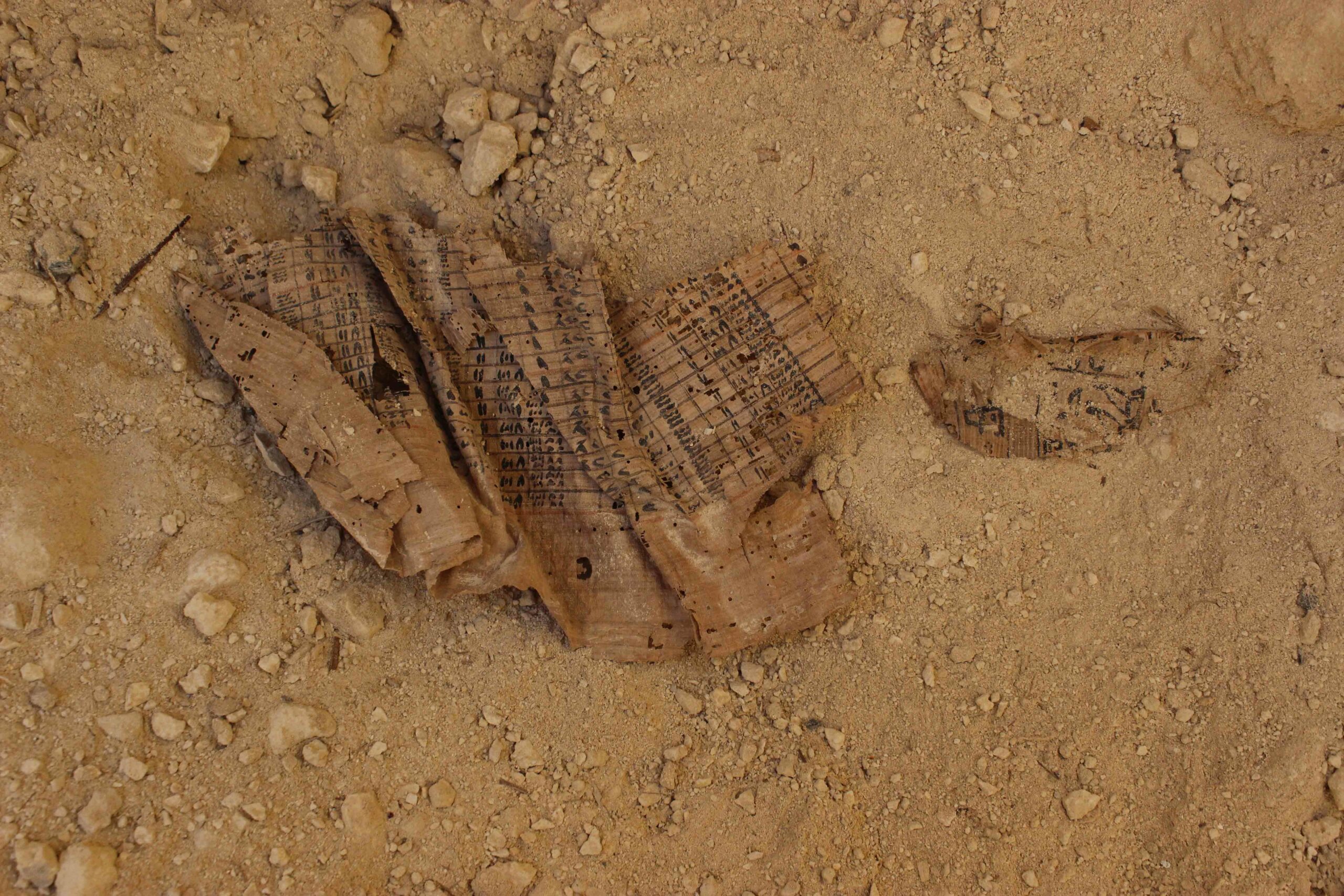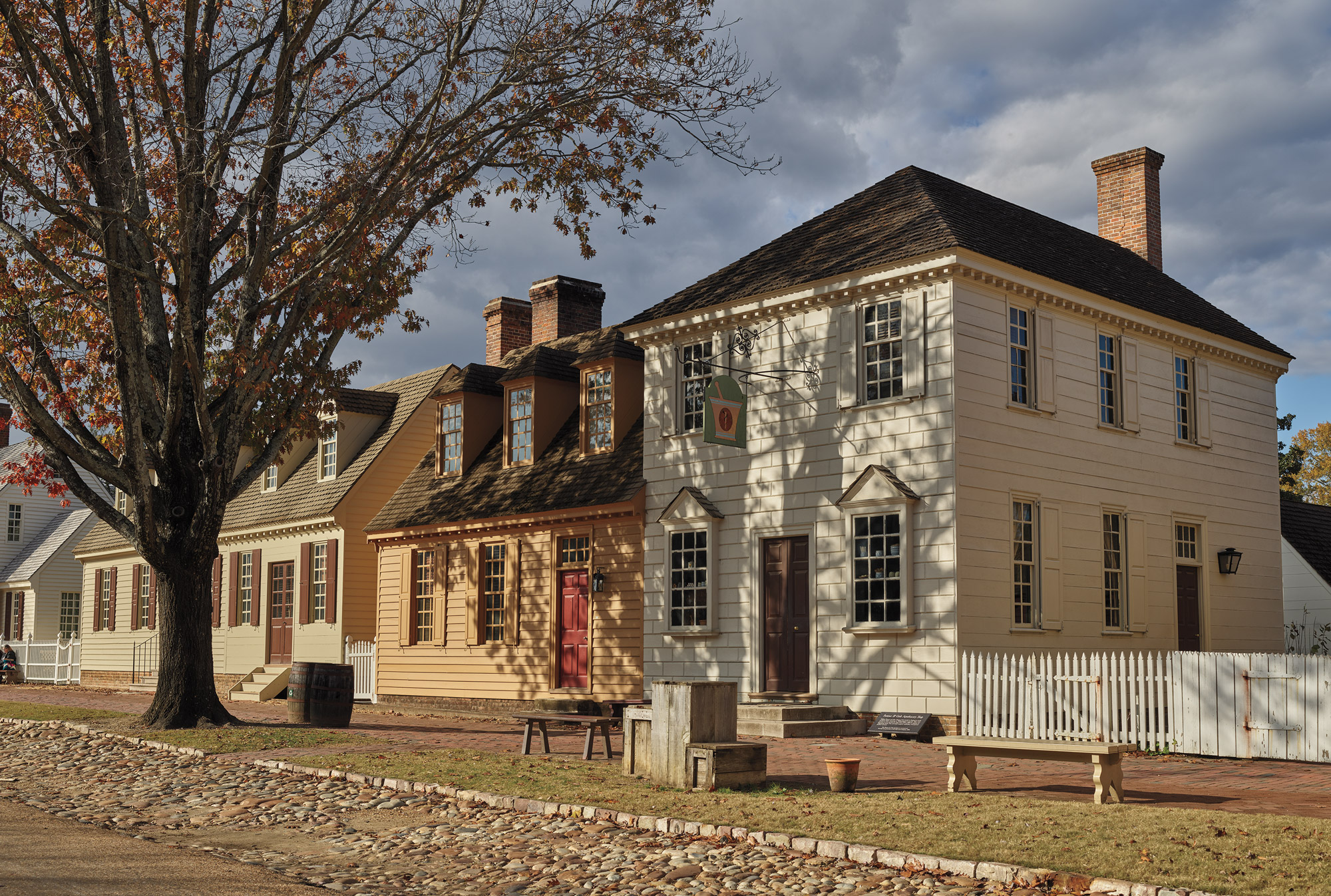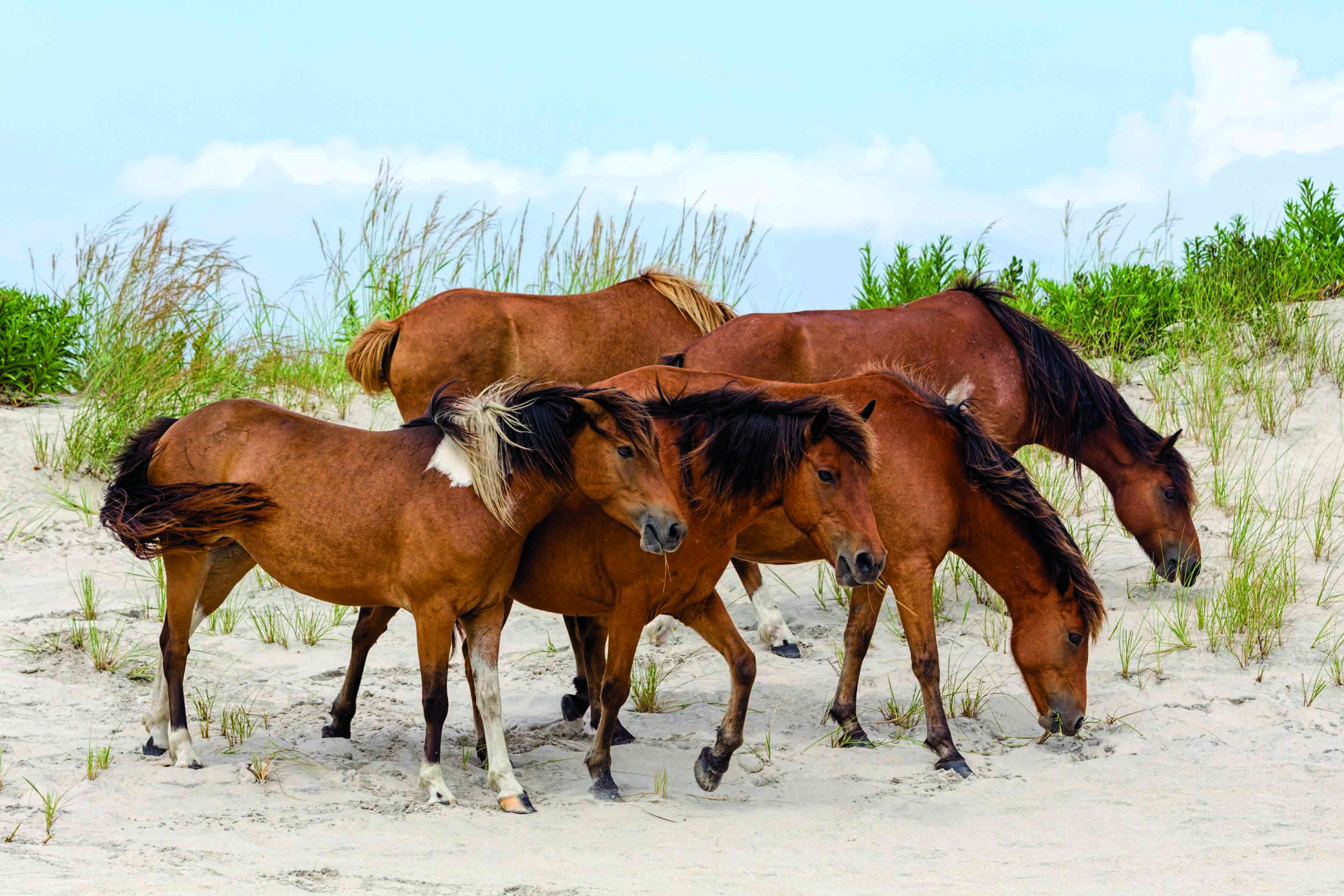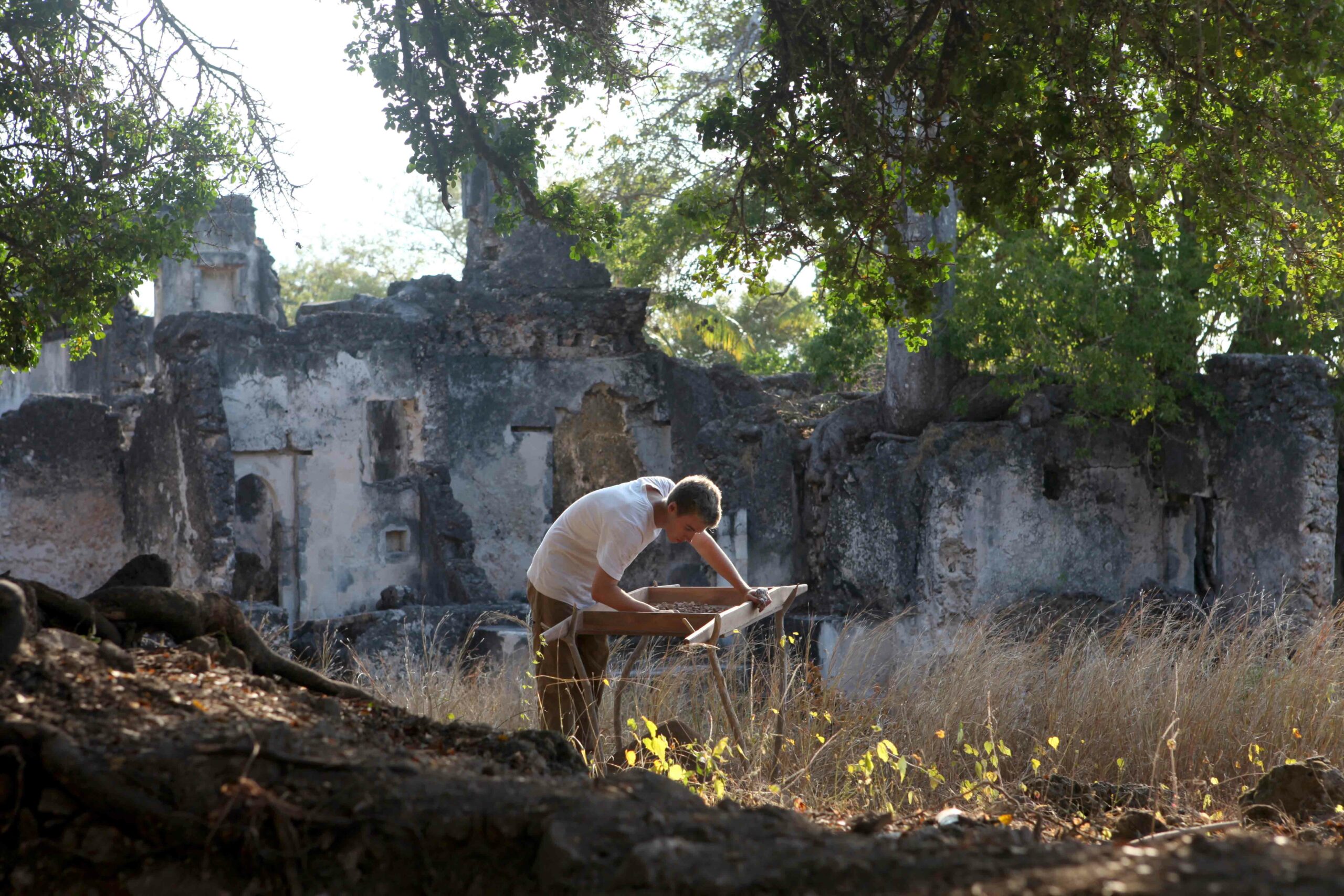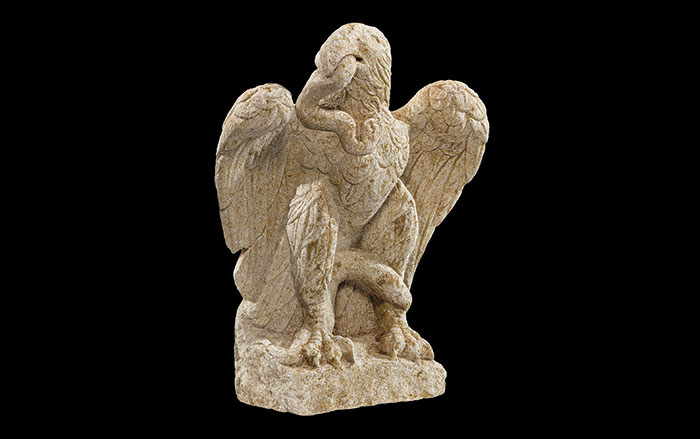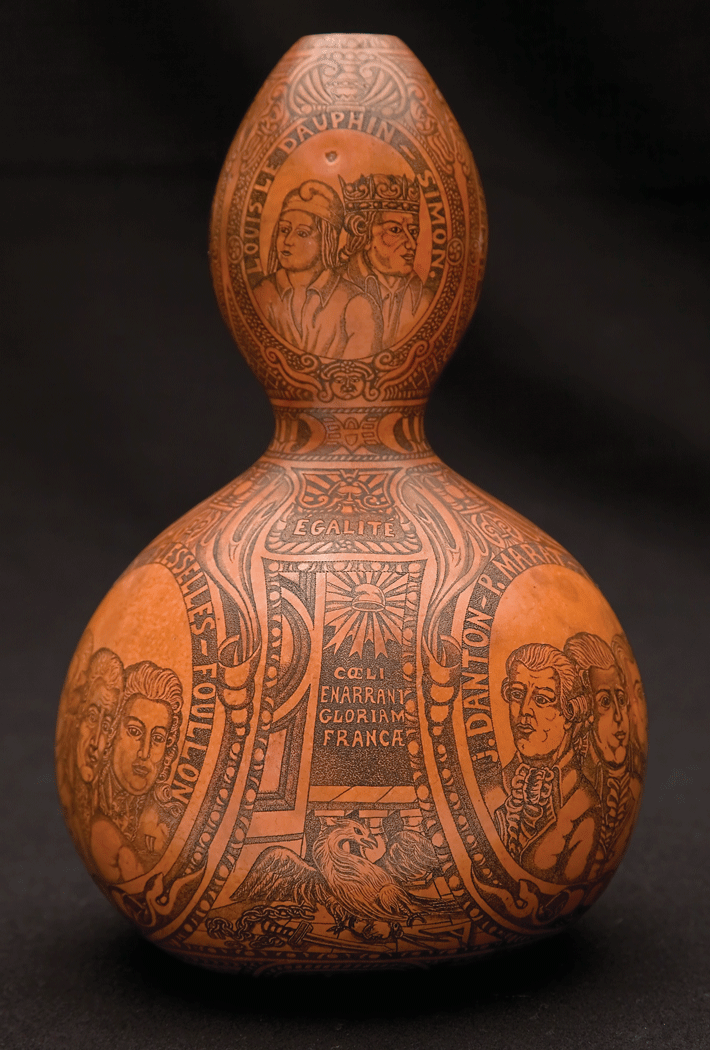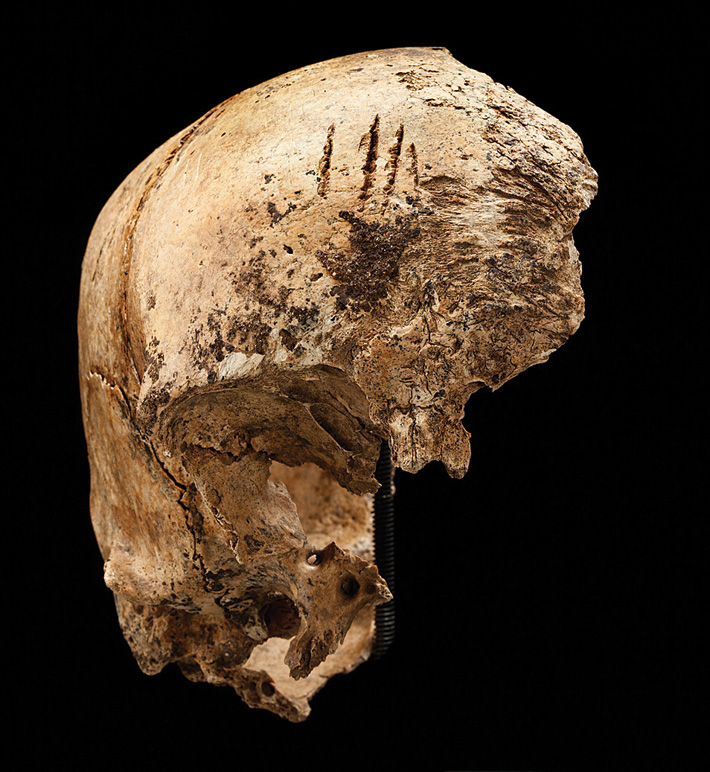
Six different accounts from Jamestown, the first permanent English colony in the New World, describe episodes of cannibalism among colonists. Former Jamestown president George Percy wrote in 1625 that, during the brutal 1609–1610 winter that caused mass starvation among 300 settlers, “notheinge was Spared to mainteyne Lyfe … as to digge upp deade corpes outt of graves and to eate them.”
William Kelso, an archaeologist with Preservation Virginia who has excavated Jamestown since 1994, doubted Percy’s horrific descriptions—until this spring, when his team found the butchered skull of a 14-year-old girl buried in a trash pit along with the remains of horses and dogs, other sources of food for the desperate colonists. Jane, as the girl is now known, was originally thought to have been an upper-class settler, but recent analysis found her skeleton has low lead levels. The rich at Jamestown ate from pewter dishes, essentially giving themselves lead poisoning.
Jane’s remains are the first physical evidence of cannibalism at any American colony. “There’s no doubt cannibalism happened,” says Kelso. “It says how close to failure this colony came.”



